Lesson Plan > Lesson 55 > Mathematics
Lesson 55 covers:
- Elementary Level: Skip Counting by 5s
- Mid Level: Converting Fractions to Decimals
- High Level: Solving Multi-Step Inequalities
Elementary Level (Kinder to Grade 2)
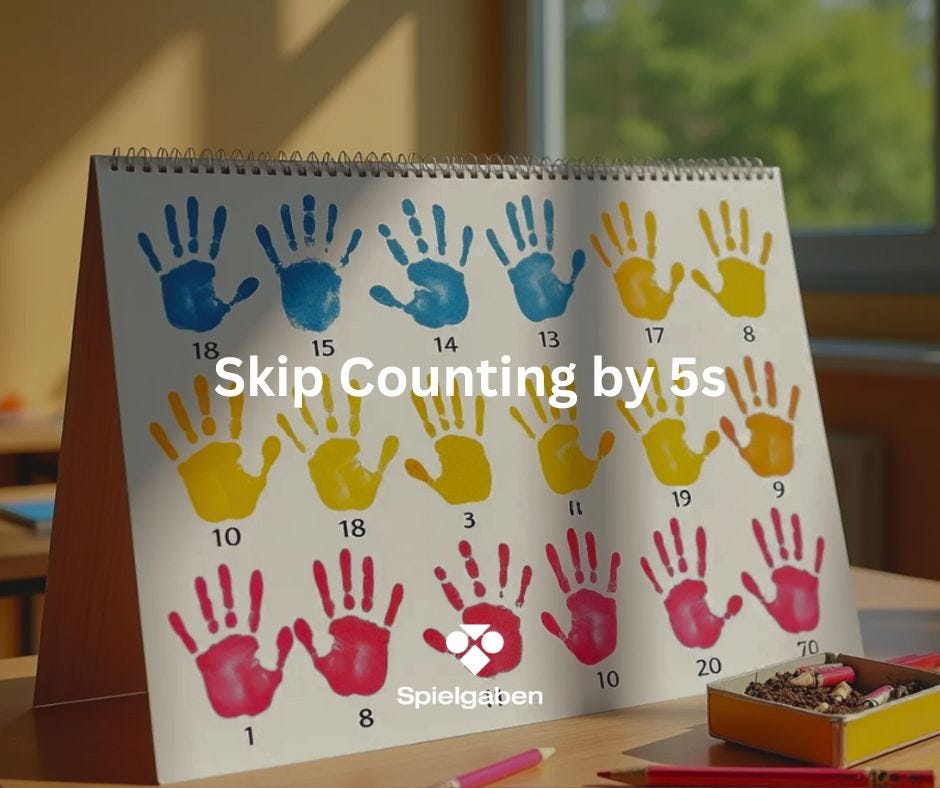
Subject: Skip Counting by 5s
1. National Standards Alignment
- Common Core State Standards (CCSS):
- CCSS.MATH.CONTENT.1.NBT.A.1 – Count to 120, starting at any number less than 120.
- CCSS.MATH.CONTENT.1.NBT.B.2.C – Understand that the numbers 10, 20, 30, 40, 50, 60, 70, 80, 90 refer to one, two, three, four, five, six, seven, eight, or nine tens (and 0 ones).
2. Lesson Objectives
By the end of the lesson, the student will be able to:
- Count forward by 5s up to 100.
- Count backward by 5s from 100.
- Recognize patterns in skip counting.
- Apply skip counting to real-world examples (clocks, nickels, etc.).
3. Materials Needed
- Printed High-Five Counting Chart (with handprints showing multiples of 5)
- Number line (0–100)
- Analog clock (for counting minutes)
- Sidewalk chalk (for hopscotch) or masking tape (indoor version)
- Nickel coins (optional for real-world connection)
- Worksheet with missing numbers in a skip-counting sequence
Lesson Activities
1. Introduction (10 min)
Objective: Introduce skip counting by 5s using a familiar concept (hands have 5 fingers).
- Show a High-Five Counting Chart (visual with handprints and numbers: 5, 10, 15, 20…100).
- Ask: “How many fingers do you have on one hand?”
- Demonstrate counting by 5s while clapping or high-fiving.
2. Guided Practice (15 min)
Activity 1: Clock Counting
- Use an analog clock to show how minutes count by 5s (5, 10, 15…60).
- Have the student move the minute hand and say each number aloud.
Activity 2: Number Line Jump
- Lay out a number line (0–100) on the floor.
- The student jumps on each multiple of 5 while counting aloud.
3. Independent Practice (15 min)
Activity: Skip Counting Hopscotch
- Draw a hopscotch grid with multiples of 5 (5, 10, 15…50).
- The student hops on each number while saying it aloud.
- For a challenge, have them hop backward (50, 45, 40…5).
Alternative (Indoor Version):
- Use masking tape to create the grid on the floor.
4. Real-World Connection (5 min)
- Show nickel coins (each nickel = 5 cents).
- Count by 5s to see how much money they have (5¢, 10¢, 15¢…).
Assessment (10 min)
- Worksheet: Fill in missing numbers in a sequence (e.g., 5, __, 15, __, 25).
- Verbal Check: Ask the student to count forward and backward by 5s without prompts.
- Number Line Challenge: Point to random numbers on a number line and ask, “Is this a multiple of 5?”
Conclusion & Extension
- Review: Ask, “What is skip counting by 5s useful for?” (Clocks, money, etc.)
- Extension Activity: Have the student create their own skip-counting poster with handprints.
Mid Level (Grade 3 to 5)

Subject: Converting Fractions to Decimals
1. National Standards Alignment
- Common Core State Standards (CCSS):
- 4.NF.C.6 – Use decimal notation for fractions with denominators 10 or 100.
- 4.NF.C.5 – Express a fraction with denominator 10 as an equivalent fraction with denominator 100.
- 4.NF.C.7 – Compare two decimals to hundredths.
2. Lesson Objectives
By the end of the lesson, the student will be able to:
- Convert fractions with denominators of 10 and 100 into decimals.
- Understand that tenths = 0.1 and hundredths = 0.01.
- Relate decimals to money (dimes = tenths, pennies = hundredths).
- Compare decimals using visual models.
3. Materials Needed
- Visual Conversion Chart (fractions ↔ decimals)
- Dimes & Pennies (real or printed cutouts)
- Decimal Dice Game (custom dice with fractions/decimals)
- Grid Paper (for shading tenths/hundredths)
- Fraction-to-Decimal Worksheet (assessment)
Lesson Activities
1. Introduction (10 min)
Objective: Connect fractions to decimals using real-world examples.
- Show a 100-grid and shade:
- 1/10 = 0.1 (one column)
- 1/100 = 0.01 (one square)
- Ask: “If a dime is 10 cents ($0.10), what fraction of a dollar is it?” (Answer: 10/100 or 1/10)
- Explain: Denominator 10 = tenths place, Denominator 100 = hundredths place.
2. Guided Practice (20 min)
Activity 1: Money Conversion (Dimes & Pennies)
- Use dimes (tenths) and pennies (hundredths) to represent decimals.
- Example: 4 dimes + 3 pennies = $0.43 = 43/100
- Have the student count different combinations and write them as fractions and decimals.
Activity 2: Fraction-Decimal Chart Matching
- Provide a chart with fractions (e.g., 7/10, 25/100) and decimals (0.7, 0.25).
- The student matches them using visuals or cut-and-paste.
3. Independent Practice (20 min)
Activity: Decimal Dice Game
- Create two custom dice:
- 1st die: Fractions (e.g., 3/10, 50/100)
- 2nd die: Decimals (e.g., 0.2, 0.75)
- The student rolls both and decides if they are equivalent (e.g., 30/100 = 0.3).
Alternative: Shading Grids
- Give the student a 10×10 grid and ask them to shade:
- 0.6 (6 columns)
- 45/100 (45 squares)
4. Real-World Connection (5 min)
- Discuss prices in dollars (e.g., $2.50 = 2 50/100).
- Have the student write their own examples (e.g., “If a toy costs $4.75, what fraction is that?”).
Assessment (10 min)
- Worksheet: Convert fractions like 9/10, 30/100, 5/10 to decimals.
- Verbal Check: Ask, “What is 0.04 as a fraction?” (Answer: 4/100)
- Error Analysis: Give an incorrect conversion (e.g., 6/10 = 0.06) and ask the student to correct it.
Conclusion & Extension
- Review Key Idea: “Fractions with 10 or 100 denominators can be written as decimals.”
- Extension Activity: Have the student design a store price list with items listed in fractions and decimals (e.g., $0.25 = 25/100).
High Level (Grade 6 to 8)
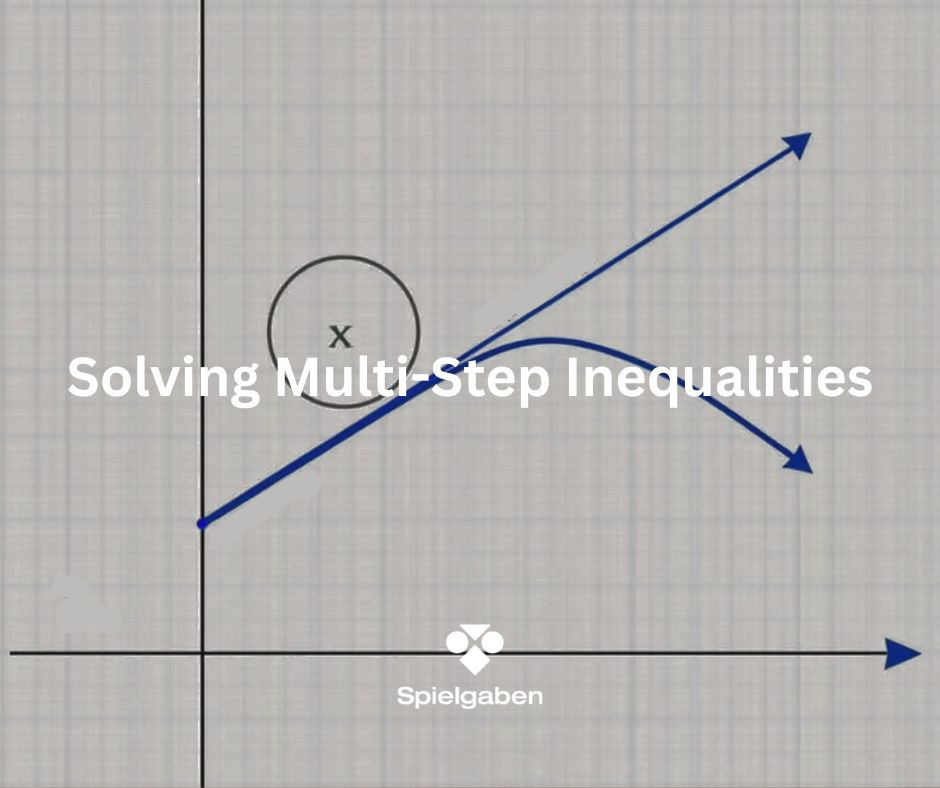
Subject: Solving Multi-Step Inequalities
1. National Standards Alignment
- Common Core State Standards (CCSS):
- 7.EE.B.4b – Solve word problems leading to inequalities of the form px + q > r or px + q < r, and graph the solution set.
- 7.NS.A.1 – Apply operations with rational numbers to solve problems.
2. Lesson Objectives
By the end of the lesson, the student will be able to:
- Solve multi-step inequalities using inverse operations (addition, subtraction, multiplication, division).
- Graph solutions on a number line (open/closed circles, shading).
- Identify and correct common errors (e.g., forgetting to flip the inequality sign when multiplying/dividing by a negative).
- Apply inequalities to real-world scenarios (e.g., budgeting, speed limits).
3. Materials Needed
- Whiteboard/markers (for guided practice)
- Inequality Maze Puzzle (printed or digital)
- Error Correction Worksheet (intentional mistakes to fix)
- Number Line Graphing Templates
- Inequality Quiz (with word problems)
Lesson Activities
1. Introduction (10 min)
Objective: Review inequality symbols and one-step solving.
- Warm-up Question: *“If 3x + 2 > 8, what’s the first step to solve it?”* (Answer: Subtract 2 from both sides.)
- Key Rules:
- Solve like equations, except flip the inequality sign when multiplying/dividing by a negative.
- Graphing: Use ● for ≥/≤ and ○ for >/<.
2. Guided Practice (20 min)
Activity 1: Step-by-Step Solving
- Work through examples:
- 3x − 5 ≤ 10 (Add 5, divide by 3 → solid circle at 5, shade left).
- −2x + 7 > 15 (Subtract 7, divide by −2 → flip sign, open circle at −4, shade right).
Activity 2: Error Correction
- Provide a solved inequality with mistakes (e.g., forgot to flip the sign).
- Student identifies and explains the error.
3. Independent Practice (25 min)
Activity 1: Inequality Maze
- A maze where students solve inequalities to find the correct path (e.g., *“Start at 2x + 3 < 9 → x < 3 → follow this path”*).
Activity 2: Real-World Scenarios
- Word Problems:
- “You have 50.Eachshirtcosts50.Eachshirtcosts12. How many shirts (x) can you buy if you need at least $10 left?”
- “A car travels 60 mph. Write an inequality for the time (t) it takes to go at least 300 miles.”
4. Graphing Practice (10 min)
- Students graph solutions from earlier problems on number line templates.
- Challenge: Write an inequality based on a graphed solution.
Assessment (15 min)
- Quiz:
- Solve 4 − 5x ≥ 24.
- Graph x/3 + 2 < 5.
- Word Problem: *“A gym charges 20/month+20/month+5/class. You can spend ≤ $50. How many classes (c) can you take?”*
- Self-Check: Provide an answer key for immediate feedback.
Conclusion & Extension
- Review Key Idea: “Inequalities show ranges of solutions. Always check your sign when multiplying/dividing by negatives!”
- Extension Activity:
- Budget Project: Create a monthly budget with inequality constraints (e.g., “Entertainment ≤ 15% of income”).
- Tech Connection: Use Desmos Graphing Calculator to explore inequalities visually.

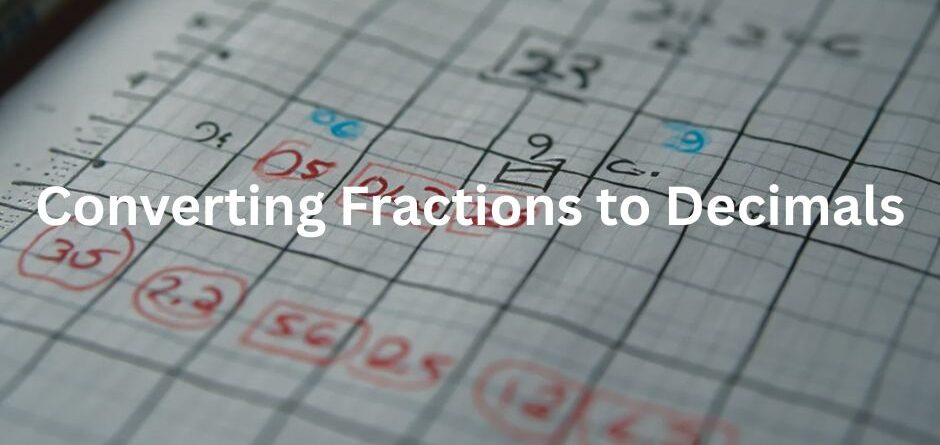
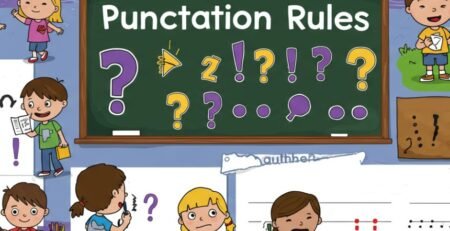

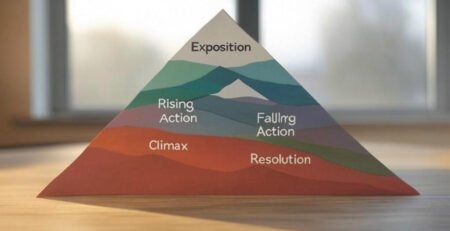
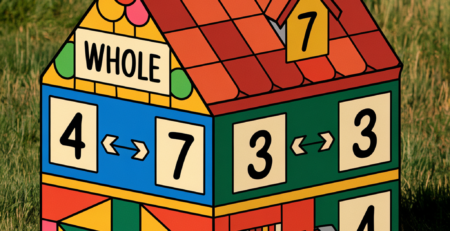

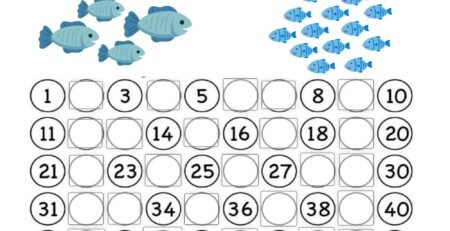





LEAVE A COMMENT